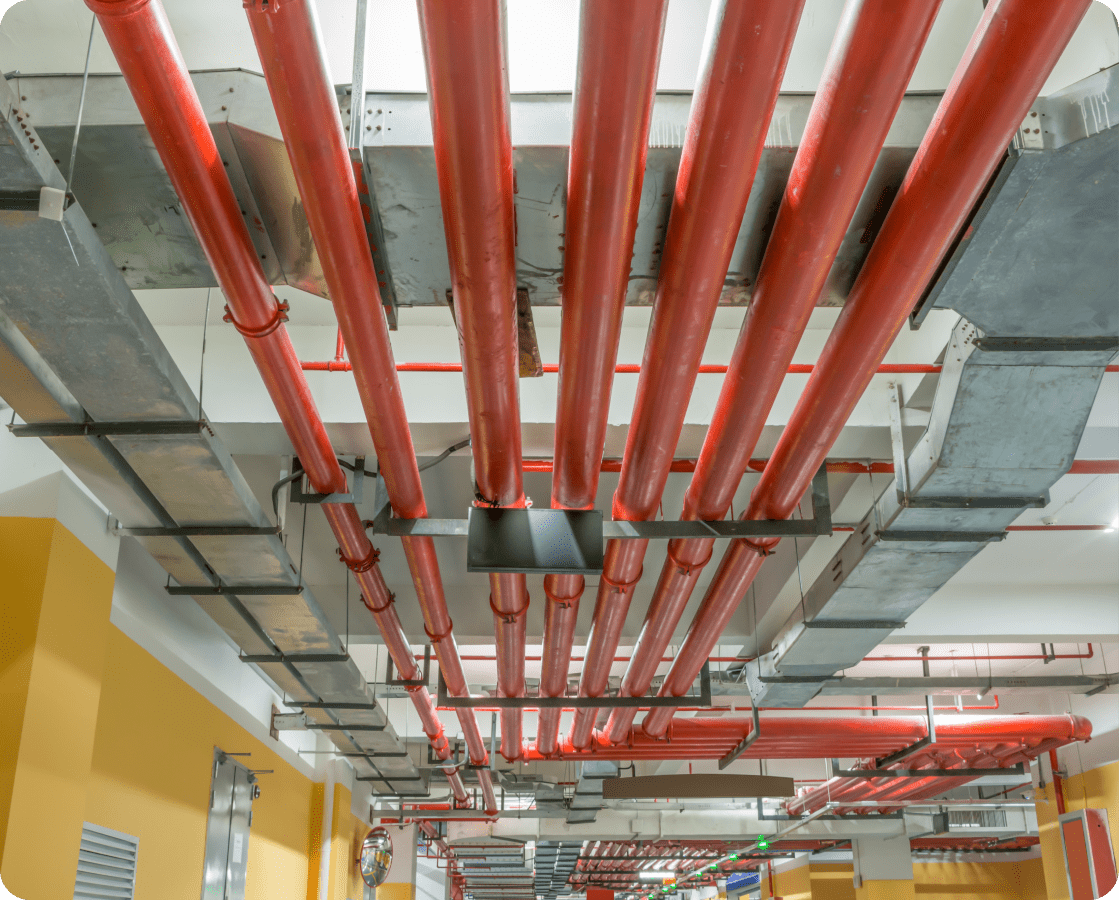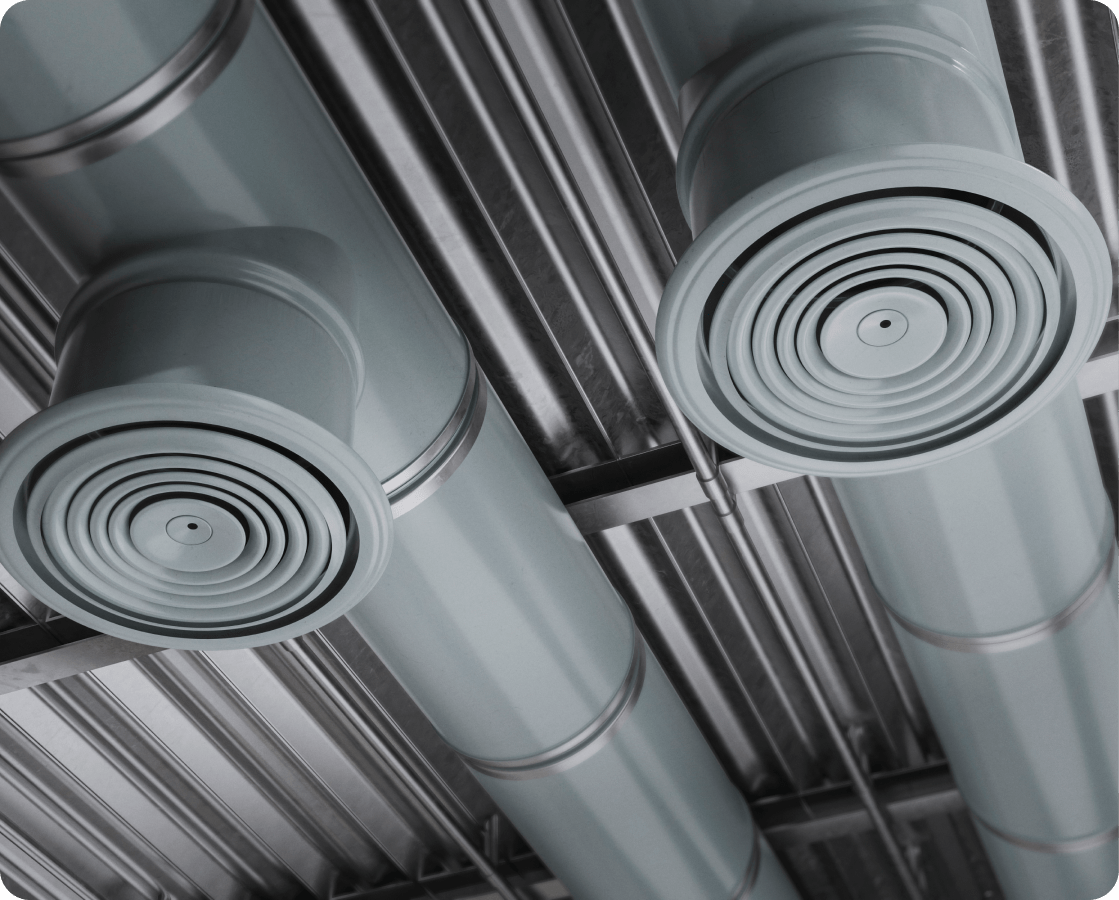Government
Fire Protection and Life Safety Narrative Reports
Some jurisdictions require the development and submission of a fire protection and life safety narrative report. Whether one is required or not, a narrative report can serve as an invaluable tool for building owners, developers, and architects as a single document that describes the design rationale of fire protection systems and how they interface and interact to provide the required level of life safety for building occupants, emergency response personnel, and property protection.
FRA has extensive experience providing building and fire code consulting services, design of all types of detection and suppression systems, as well as detailed fire modeling. This experience enables us to develop concise and detailed narrative reports.


Fire Alarm Design
Fire alarm design is a crucial aspect of fire safety in buildings and structures. The primary objective of a fire alarm system is to provide early warning to building occupants in the event of a fire, giving them enough time to evacuate the premises safely and notify first responders as quickly as possible. The design of the fire alarm system must consider the specific needs of the building, with consideration to the number of occupants, the type of occupancy, and the building’s physical layout.
FRA specializes in providing comprehensive fire safety solutions, including the design and implementation of fire alarm systems, integration with campus networks for mass notification, smoke control systems, and thorough design work to ensure the safety and security of all building occupants. With FRA, you can be confident that your project will receive the attention of the industry’s finest experts to guarantee successful implementation.
Sprinkler Design
Fire protection focuses on preventing, mitigating, and controlling the effects of fire on people, property, and the environment which can be accomplished through the utilization of fire suppression systems. Fire suppression systems are an essential component of any building’s fire protection strategy as they are designed to contain and extinguish fires before they spread, minimizing property damage, and saving lives. The design of a fire sprinkler system must consider various factors such as the building type, use, occupancy, and fire load. The sprinkler design must also comply with applicable codes and industry standards.
FRA provides code-compliant fire protection designs that minimize the risk of fire and protect against potential damage or loss. FRA has design experience for all types of suppression systems (wet systems, dry systems, pre-action systems, etc.) along with the ability to provide solutions for all types of client’s unique fire protection needs.


People Movement
FRA engineers who specialize in people’s movement utilize the latest computational tools to assess and optimize people’s movement strategies, allowing our engineers to design effective evacuation plans, evaluate emergency egress routes, and ensure the safe evacuation of occupants.
One of the key capabilities for people’s movement is the ability to use agent-based modeling or crowd simulation techniques. Our engineers can model the movement of occupants in buildings, transportation hubs, stadiums, or other crowded spaces during a fire emergency. This includes factors such as human behavior, demographics, mobility limitations, and response to fire alarms, which can impact the flow of people during an evacuation.
Performance-Based Design
Operational constraints and existing conditions often create challenges when implementing prescriptive fire and explosion protection requirements in applicable codes and standards. Retrofitting existing buildings can be particularly challenging, if even viable.
FRA has extensive experience implementing performance-based designs for various commercial and industrial facilities. Our interactive approach identifies stakeholders, establishes performance goals and objectives, and utilizes state-of-the-art engineering methods and computational models to develop innovative designs. Our engineers have demonstrated success in taking performance-based design projects from concept to completion, and approval by authorities having jurisdiction, including fire code officials and insurers.


Smoke Control Rational Analysis (SCRA)
Smoke control systems can be either mechanical (active) or passive systems. The approach utilized depends upon the occupancy of the building as well as other issues. Regardless of the approach, FRA staff are experts in the use of hand calculations, zone models (Contam), and Computational Fluid Dynamics (CFD) modeling. These tools are used for the evaluation of smoke movement and the design of smoke control systems to provide a tenable environment for building occupants to safely egress.
The results of the modeling are documented in a rational analysis which includes design considerations and performance criteria. FRA then works with the design team, as well as, the mechanical, electrical, and fire alarm contractors to ensure that the requirements of the smoke control system are properly implemented. This coordination ensures a fully integrated smoke control system that can be successfully installed and commissioned.
